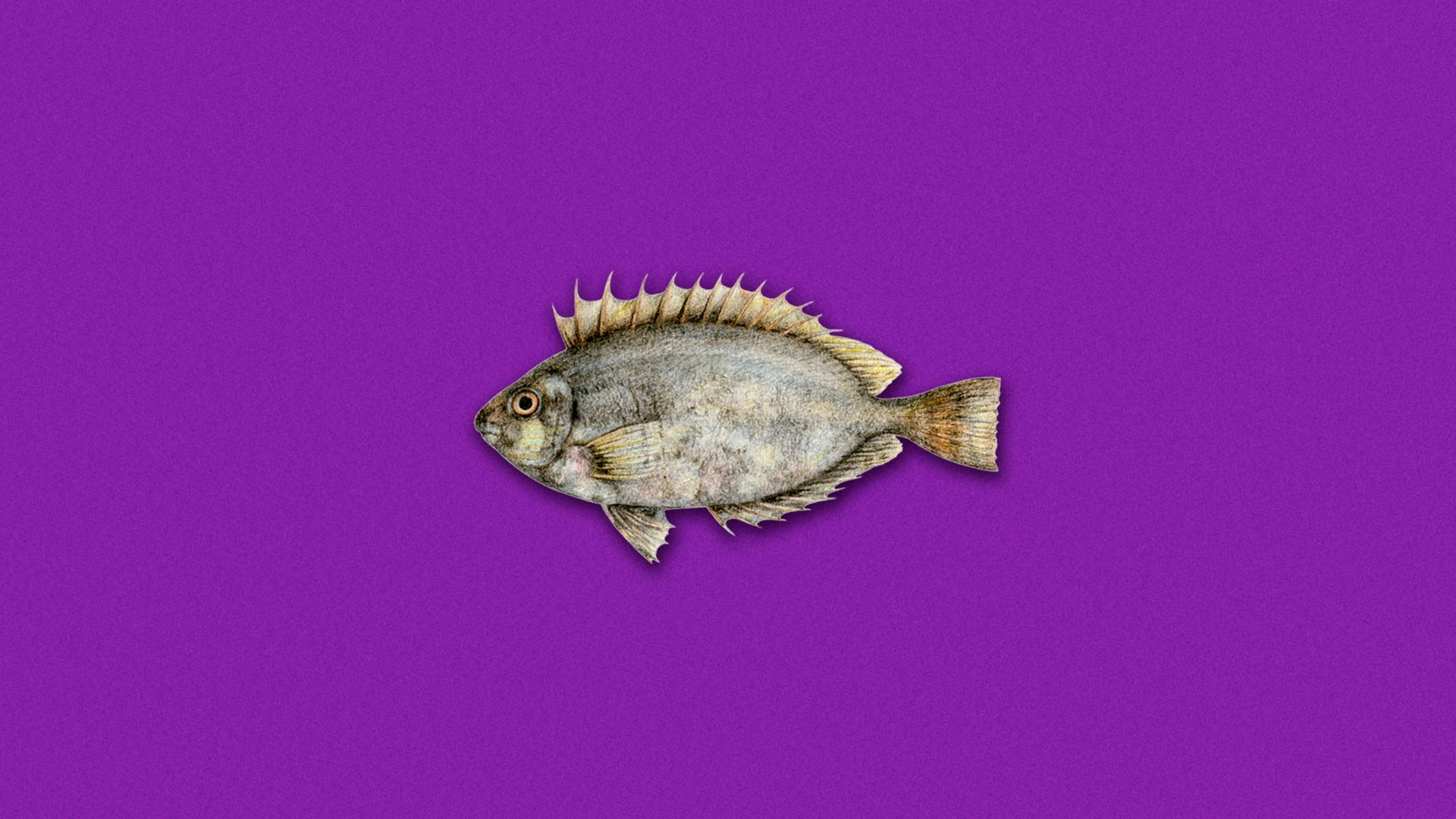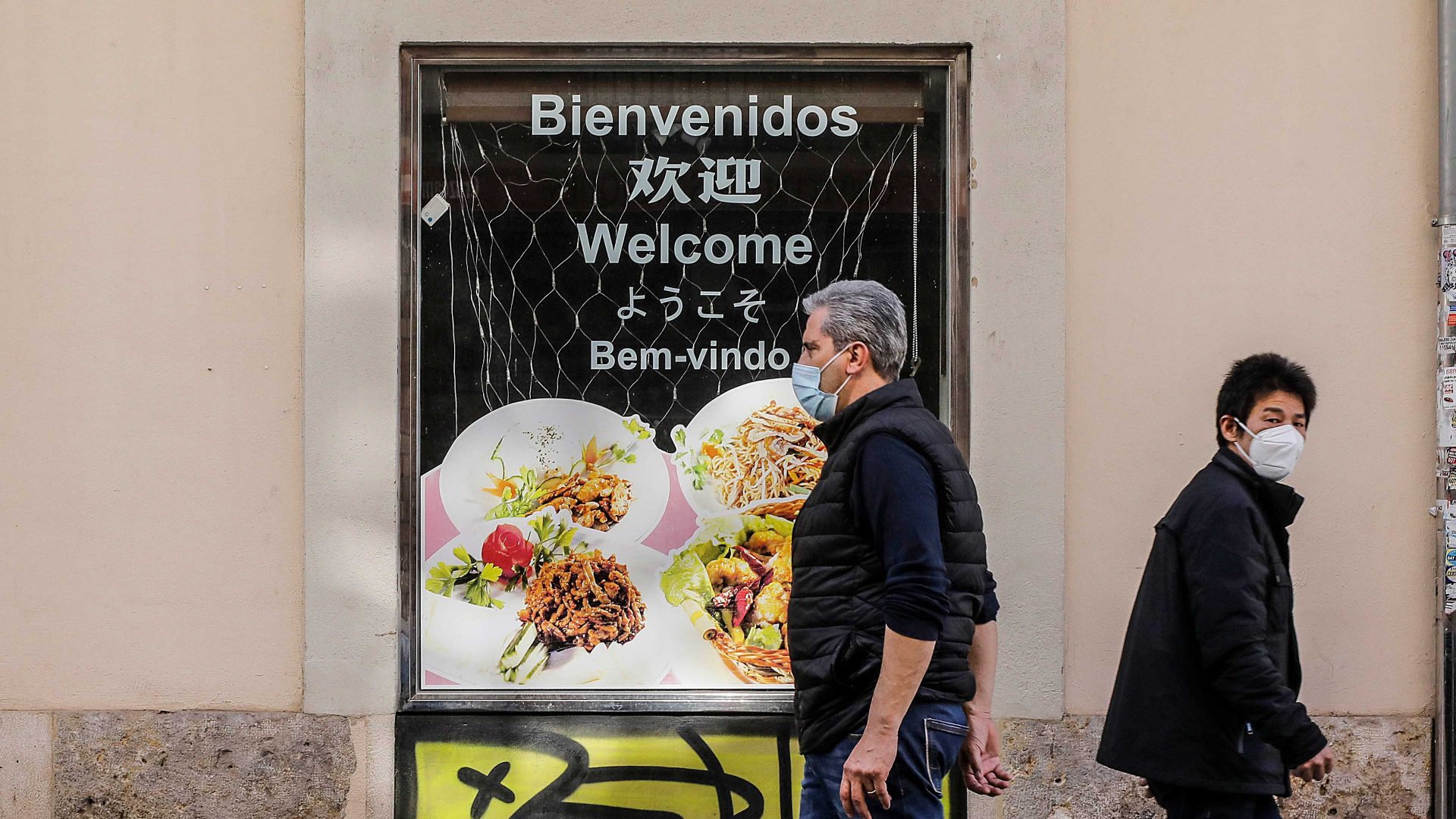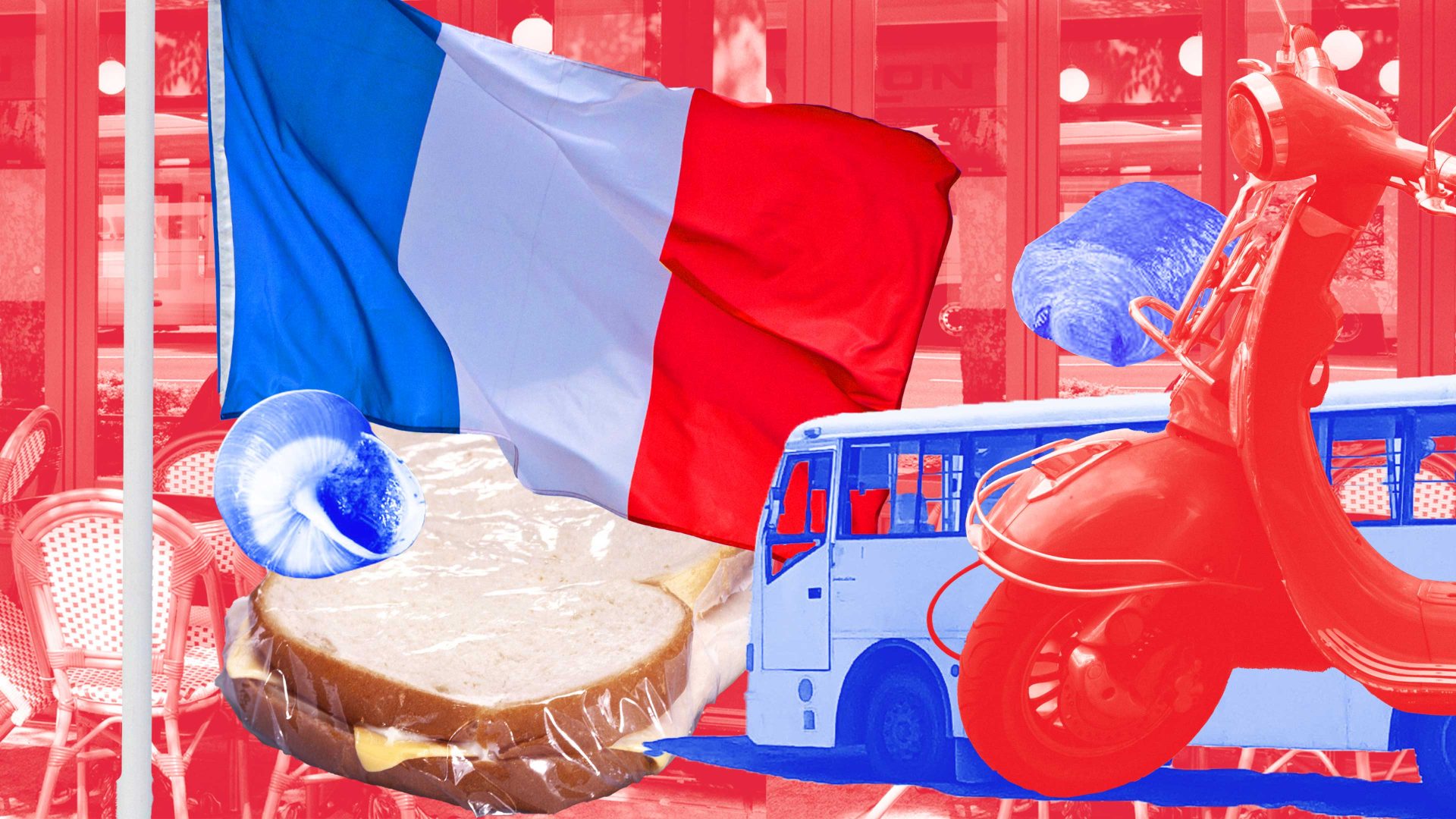It’s certainly a long, long way from the Indian Ocean to the fish counter at Papa’s supermarket. The Arabian Sea, the Red Sea and the Suez Canal all stand between there and this most popular corner of Polis Chrysochous, Cyprus.
Yet one fish species has managed to make it all that way – if only to be hooked out of the water, bludgeoned to death and finally slapped down here on a slab of sweating ice.
“What’s that?” I ask, unsure of this stranger among the familiar shapes of sea bass and bream, red mullet and octopus.
“Kourkouna,” comes the reply, “very good!”
To be frank, it doesn’t look it.
Instead, this oval-shaped denizen of the deep looks as if it has been caught in an oil slick and never cleaned up. A tarry, dull sheen wraps its sardine-size body, its dorsal fin a hard and spiky fringe.
That bony mohican gives it one of its names, the marbled spinefoot, or if you prefer a more exotice take, the surf parrotfish. Here though, it hops along as the much more common rabbitfish.
Yet whatever name you give it, marine biologists and conservationists across the Mediterranean all have one word for it: invader.
As the Mediterranean heats up – something it’s doing in its eastern basin at 10 times the global average rate right now – this increasingly soupy sea is attracting more than just the usual 300 million tourists.
The rabbitfish, along with other traditionally tropical species like the lionfish, blue spotted cornetfish and silver-cheeked toadfish, has headed up into the Med in increasing numbers. This can have a devastating impact on native species. Thriving on a diet of subterranean seaweeds, rabbitfish have been mowing down the native algae on which other Mediterranean species rely.
These seaweed forests are also major carbon sinks, so their devastation adds to carbon emissions – and further accelerates the sea’s warming. Last summer, the Mediterranean recorded its highest surface temperature ever, at 28.7C. That’s roughly the same as the average temperature on land for Cyprus in July.
While elsewhere in the Med responses to these invaders have been to try and wipe them out, here in Cyprus they’ve decided to eat them.
“So how do you cook it?” I ask the fishmonger, as she busies herself scraping scales from a sea bream.
“Olive oil, some garlic, parsley, lemon – grill, or you can fry.”
You certainly can, I realise. Parked in the open, the sun has made the steering wheel of the car so hot to touch I end up holding it with wet wipes as I drive back up to Pomos.
One of the more remote villages of this region, Pomos’s distance from Paphos and Polis makes it unpopular with tourists. At the same time, for locals, its proximity to the UN-patrolled buffer zone and the Turkish Cypriot exclave of Kokkina/Erenköy make it an unpopular, sobering reminder of the island’s unresolved division.
One consequence, however, is that it is one of the less developed parts of the southern coast. The centre of the village is Chrysta’s coffee shop, where I stop to ask for further culinary instructions.
“Kourkouna?” Chrysta responds, rather dismissively. “We used to throw them all back! When there is tsipura, lavraki,” he shakes his greying head, “sea bream, sea bass,” he explains, “why would you bother with these? Before, we would take only the biggest fish…”
He trails off as up from the south comes the clatter of an old Cypriot National Guard helicopter. It’s heading along the coast to the military base outside the neighbouring village of Pachyammos.
“Nowadays, you do not find…” he continues, shouting over the thudding rotors, “you do not find the big fish any more!”
Later, back at the house, we decide the rabbitfish’s meaty texture makes it a little like red snapper or mahi mahi – in other words, ideal for a curry. In the end, it’s delicious with a mashup of whatever Asian spices we could find in the back of the cupboard. Certainly one of the tastier ways of responding to climate change, it has to be said.



